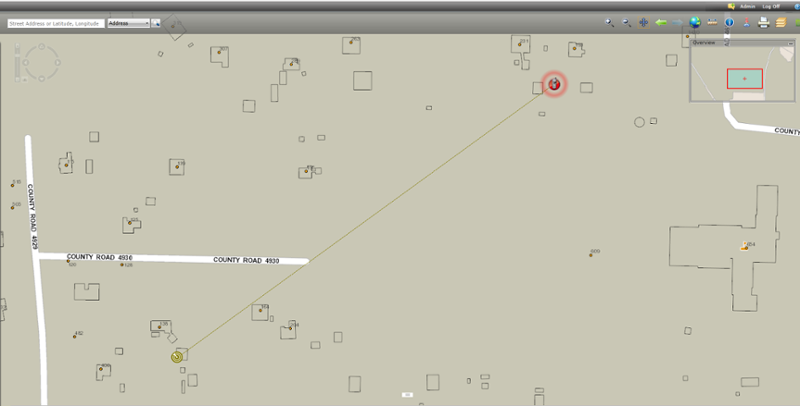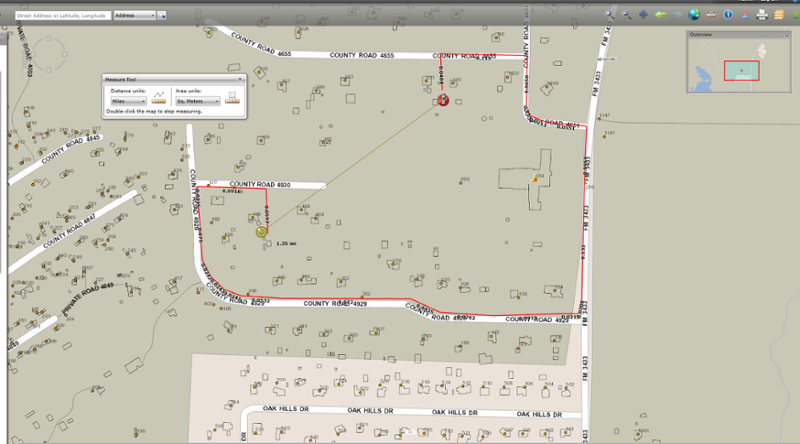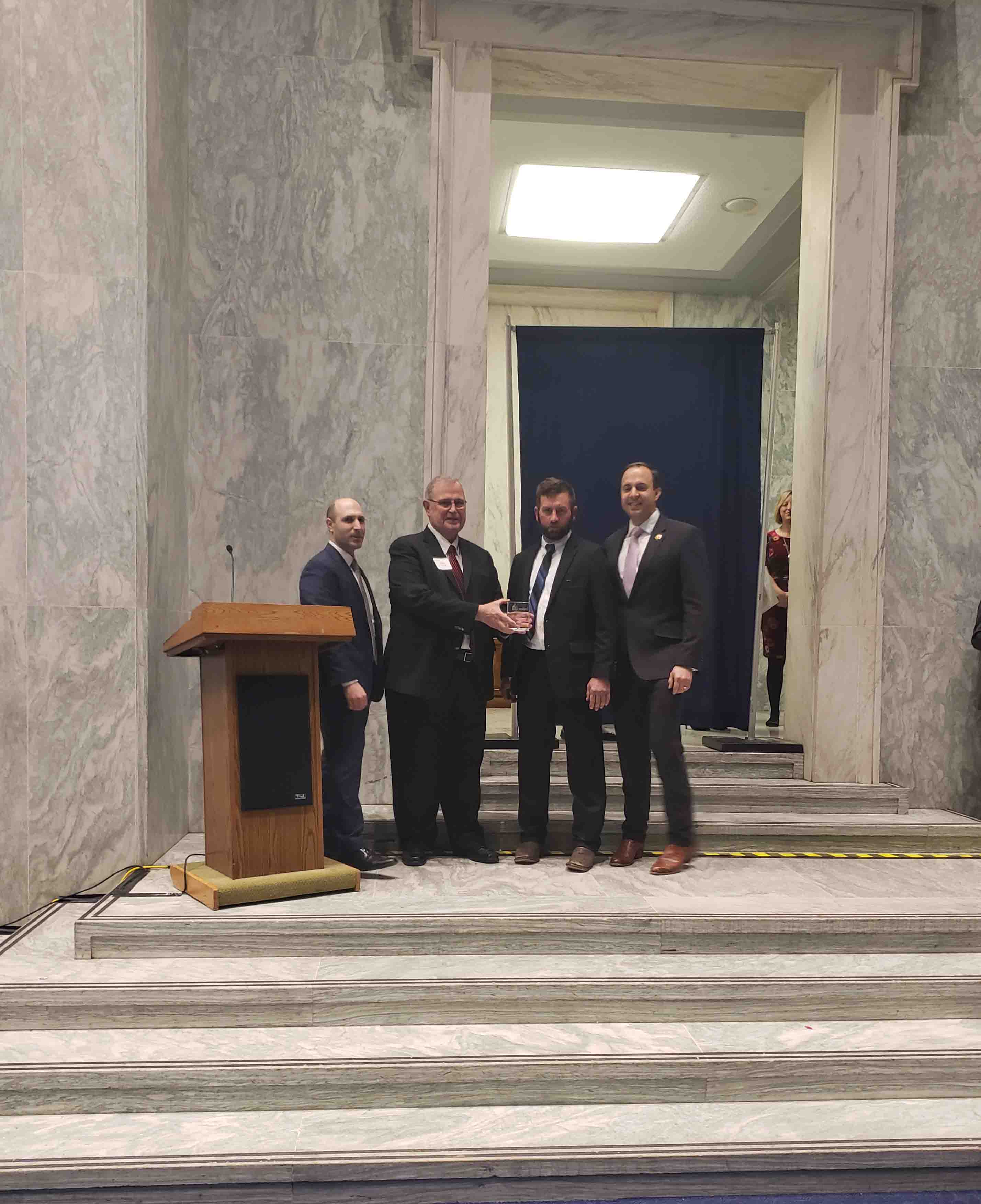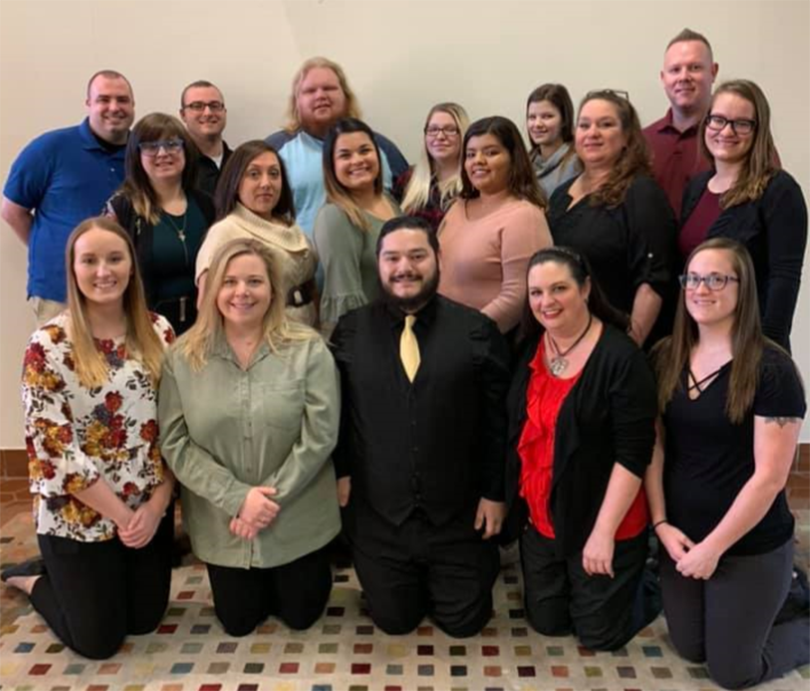Press Release: New 9-1-1 Technology Crucial in Locating Wise County Children Found in Cages
Wise County, TX – The Wise County Sheriff’s Office was able to pinpoint the exact location of 4 children, 2 of whom were locked in a dog kennel according to Wise County officials, with Next Generation 9-1-1 location accuracy technology developed by RapidSOS. The North Central Texas Emergency Communications District (NCT9-1-1), who provides 9-1-1 services to the sheriff’s office, was instrumental to the development and deployment of the technology.
The 9-1-1 call was a domestic violence complaint from a caller who did not know his address. The original location provided by the cell phone carrier would have placed the deputies 1.3 miles out of the way of the incident. The dispatcher was able to utilize the RapidSOS location to give the exact location of the caller, which allowed them to hear the cries of the children nearby.
“This shows what this can do, and people need to realize how important this is and start to get on board,” said Jessica Anderson, the 9-1-1 telecommunicator who answered the call. She’s been dispatching for over 2 years.
Wise County is part of the NCT9-1-1 region, who played an active role in the development of this technology. Today, the FCC requires cell phone carriers to provide an accurate location within 100 – 150 meters 75% of the time for 9-1-1 calls. During a pilot conducted with RapidSOS last year in the NCT9-1-1 region, the location provided by RapidSOS was accurate within 50 meters 97% of the time.
“We founded RapidSOS to provide public safety agencies with the best possible tools to save lives. There’s no greater reward for our team than to learn of scenarios where our technology helped make a difference for hardworking emergency services professionals and the constituents they serve,” RapidSOS CEO Michael Martin said. “It is an honor to see technology that we originally piloted with NCT9-1-1 in use today with thousands of public safety agencies across the country.”
Accurate location information for wireless calls is the future of 9-1-1. All 43 of the public safety answering points (PSAPs) in the NCT9-1-1 region are equipped with this technology, and NCT9-1-1 advocates for its adoption in PSAPs nationwide.
“I’m thankful for continuous improvement in technology, and in our partnership with NCT9-1-1 and for a team that never quits,” said Wise County 9-1-1 Communications Manager Susan Gomez. “I know that twenty years ago when I started, we would not have had the same outcome.”

A more accurate RapidSOS location, represented by the yellow bullseye. The red circle shows the location provided by the carrier.

The deputies would have been 1.3 miles out of the way from the correct location.







